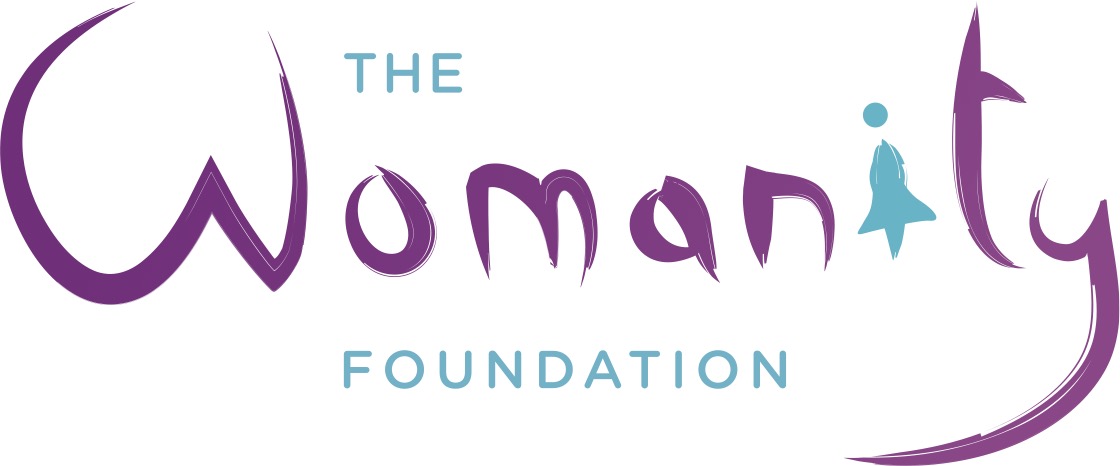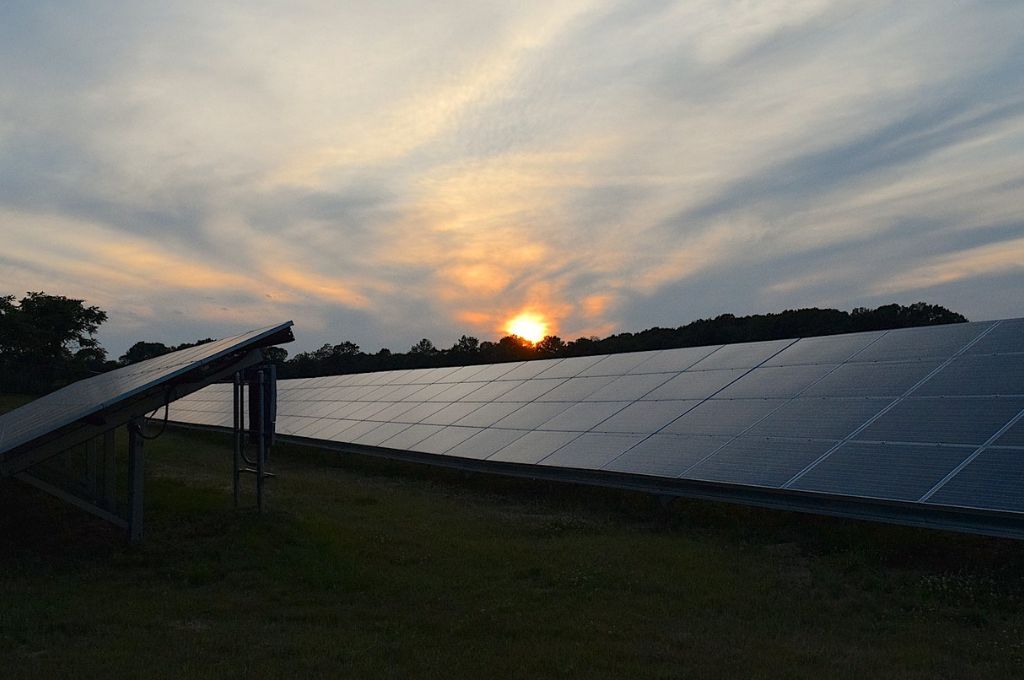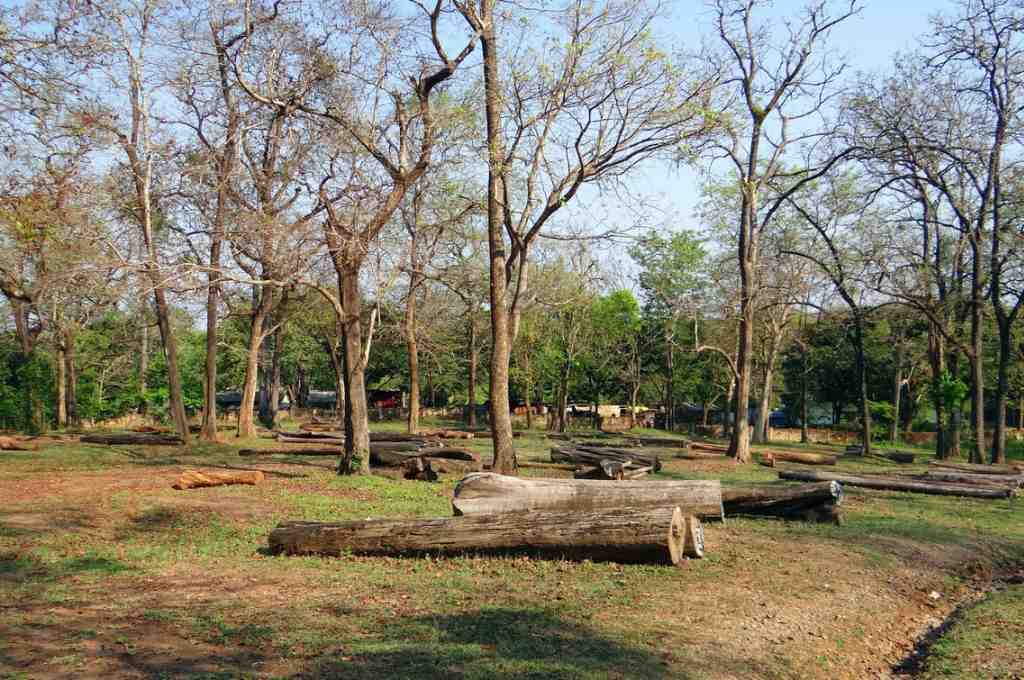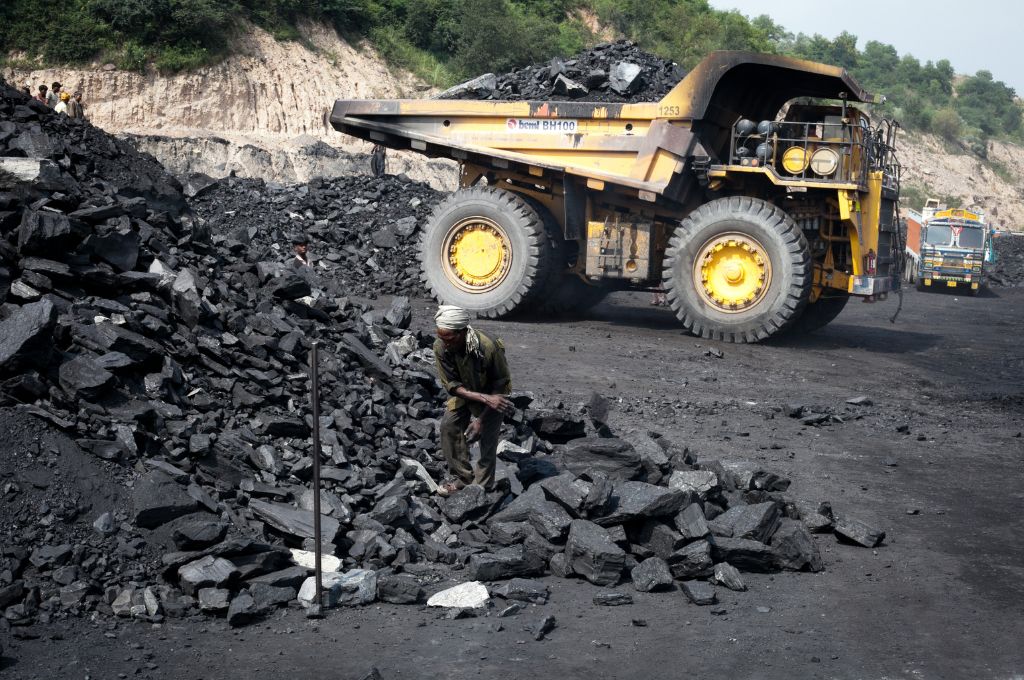I am from a small village called Motaora in Gujarat’s Mahisagar district. Like most other residents of my village, I belong to the Bhil tribe. I am the oldest of three siblings; my brother and sister are currently in secondary school. Within our village, my family has a home, a small farm, and some cattle.
When I was younger, I didn’t really have a clear vision of what I wanted to do in the future. But I was also growing increasingly aware that the living conditions of my people were far from ideal. The rate of migration from the village was steadily increasing, and the resources obtained from the surrounding forest were not being utilised prudently. The wells in the village were in a poor state, and the availability of drinking water was a major issue. Most importantly, I noted that the women of the village were missing from important conversations such as village meetings.
I was therefore motivated to work with my community, especially its women, to improve the conditions of our village. As someone who grew up in the village and is privy to the various challenges that the community faces, I believed that I would be able to bring about meaningful change. I learned of the work being done by the Saat Kundiya Mahadev Khedut Vikas Mandal—an institution in my village supported by the Foundation for Ecological Security (FES)—on ecological restoration and enhancement of livelihoods, and it seemed to be the perfect mixture of interventions for my community. I joined the village institution in 2021 and have been working as a community resource person (CRP) ever since.
Since I started my work as a CRP, I have been involved in a number of activities that are aimed at the protection and management of the surrounding forest and its resources. Strengthening the village institution and revegetating the forest are the primary strategies we have adopted in order to preserve the region’s natural resources. I also work on facilitating people’s access to employment through the Mahatma Gandhi National Rural Employment Guarantee Scheme (MGNREGS). To do this, I help the institution to prepare an annual labour budget that is submitted to the block and district offices. Those seeking employment are allotted work based on the budget. The work being allotted through MGNREGS in our village includes forest conservation, constructing check dams, and digging wells. Enabling people from the village to access employment locally helps address the problem of livelihoods while also reducing migration.
6.00 AM: I wake up early and spend the next couple of hours freshening up, having breakfast, and helping with household chores. My family, like many others in the village, depends on animal husbandry as a secondary source of income. So, early in the day, I help my mother by cleaning the cowshed, giving water to the cows, and milking them.
People in my village had to consider alternative sources of livelihoods because farming alone wasn’t a viable option. There is not much land available for cultivation, and the unfriendly topography of the village makes agriculture even more challenging. The produce cultivated by each farmer would only be enough to sustain them and their families. I am now working towards assisting households with diversifying their livelihood options. While people had been practising animal husbandry and collecting forest resources, I am helping them enhance these through a varied set of interventions.
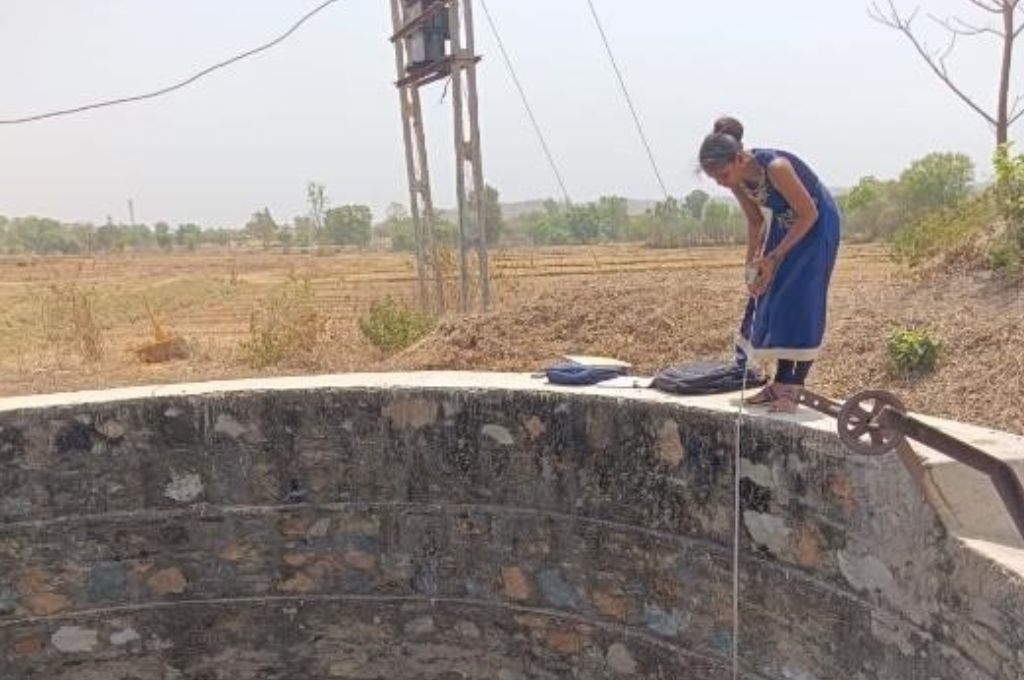
10.00 AM: Once I am done helping around the house, I head out for fieldwork. During the first half of the day, I visit various households in the village. Gathering data from these households is a major part of my responsibilities. When surveying them, I acquire data regarding the size of the household as well as the age, education level, and gender of its members. These household surveys inform the MGNREGS labour budget and gram panchayat development plan (GPDP) that I help prepare. In the first budget that I helped prepare, the focus was on securing employment. But we eventually realised that building water structures can help increase our productivity and income in the future too. These concerns are reflected in the recent budget.
The lack of access to water within the village meant that the women would have to regularly walk a kilometre to fetch water from the river. This problem could be combated by replenishing groundwater sources, for which I started conducting groundwater surveys. The surveys help us understand which areas urgently require groundwater recharging work, and involve geotagging the wells using an application called Groundwater Monitoring Tool. Geotagging helps us keep track of the wells that need to be recharged and the ones that are being used prudently. I conduct these surveys at regular intervals to assess how the conditions of the village have changed over time and what is still needed. So far, we have managed to restore 10 wells across the village, and this has been invaluable in addressing the water shortage.
We collectively make decisions about the management of local natural resources.
I also attend village meetings during the day. We collectively make decisions about the management of local natural resources during these meetings. Not too long ago, many of the forest management rules were not being followed. For example, a few farmers were clearing out parts of the forest for resources that could supplement their income. Through village meetings, we were able to reinforce the importance of protecting the forest as a community, and instituted new rules to prevent this from happening again. But I also understood that the farmers had done this out of desperation and not disregard, so I worked to ensure that they were employed through MGNREGS.
2.00 PM: I usually return home after my work around the village is completed and eat lunch. On days when I know I won’t come back home for lunch, I have a filling meal before leaving the house. The meal usually consists of a saag (a preparation of leafy greens) made from giloda (ivy gourd) or karela (bitter gourd), makai rotla (corn bread), and kadhi (buttermilk curry). Following lunch, I head to the panchayat office within the village. Here, I am able to help others apply for relevant government schemes and avail their benefits. The conditions for the women in the village have especially improved as a result of this. For instance, widowed women are able to collectivise and get a pension through the Indira Gandhi National Widow Pension Scheme. Additionally, we were able to establish a self-help group (SHG) in the village through the National Rural Livelihoods Mission. This has also helped improve the financial literacy of the women, who now save money collectively through the SHG.
The village has submitted a community forest rights (CFR) claim to the district office. The recognition of this claim will legally guarantee our right to protect, regenerate, and manage the community forest. It will also enable us to officially formulate rules for the use of forest resources and provide us rights over non-timber forest products. Most importantly, the ownership of the forest will pass from the forest department to our gram sabha. Unfortunately, we have not received a title in favour of the community yet. As a result, we do not know how many hectares of land are officially under the village’s protection. But since the community has traditionally protected the forest and lived off the resources it provides, we are doing our best to continue those practices in an unofficial capacity.
5.00 PM: On some days, I also visit FES’s office to meet with my coordinator or to enter the data I collect into the register we maintain. The office is 30 km away from the village, so I travel in a state bus.
In order to build a platform where different stakeholders can gather, discuss, and deliberate on common issues, we also host a samvaad karyakram once a year. The forum helps people from various villages in our block interface with officials such as the local collector, drawing and disbursing officer, and other block-level officers. The programme offers the villagers an opportunity to bring up their concerns with these officials and collectively work towards the resolution of their problems. For example, at the last programme, we discussed the wage and land issues the locals are experiencing. The government also sets up stalls at the programme, where locals can gain more insights into topics such as farming, pesticides, land conservation, animal husbandry, horticulture, and government schemes.
I help community members formulate rules for the collection of forest resources.
Utilising the collective knowledge of our womenfolk, as well as that of other community members, I help them formulate rules for the collection of forest resources such as mahua (butternut) and timrupaan (prickly ash leaves) in a sustainable manner. For example, only a limited number of households are allowed to gather these resources at one time; this prevents us from inadvertently depleting them. Similarly, we only gather dry wood from the forest and do not cut down any trees. Although the women are generally sympathetic to the cause of protecting the forest, I also encourage them to learn by example and take them for exposure visits to other villages where these practices have been adopted.
6.00 PM: When I return home in the evening, there are more chores around the house that I need to complete. I check in on the animals, cook for the family, and sit to eat soon after. As the eldest child, I bear a great deal of responsibility within the household, and I do not take my role lightly. I have gained greater recognition within my village by working tirelessly for the community. I am only 22, but even the elders call me Anita ben (sister). It makes my mother and father proud.
I hope to be an inspiration to my siblings. I would like my younger sister to follow in my footsteps and work for our community when she’s older, and my brother to have a decent job that can supplement our family’s income. I’m sure that they are both destined to do great things for our family and community.
9.00 PM: I head to bed soon after dinner. In the moments before I drift off to sleep, I sometimes think about the impact I’d like my work to have. I want women’s participation in the village to continue to increase and their opinions to be valued. Someday, we could even have a woman as our sarpanch! Ultimately, all I want is for my community to live in harmony and keep protecting the forest as we have for generations.
I would like to be able to extend the work I am doing in my village to the neighbouring villages as well. I’m certain that they may have encountered similar issues, and an exchange of local knowledge would benefit everyone involved.
As told to IDR.
—
